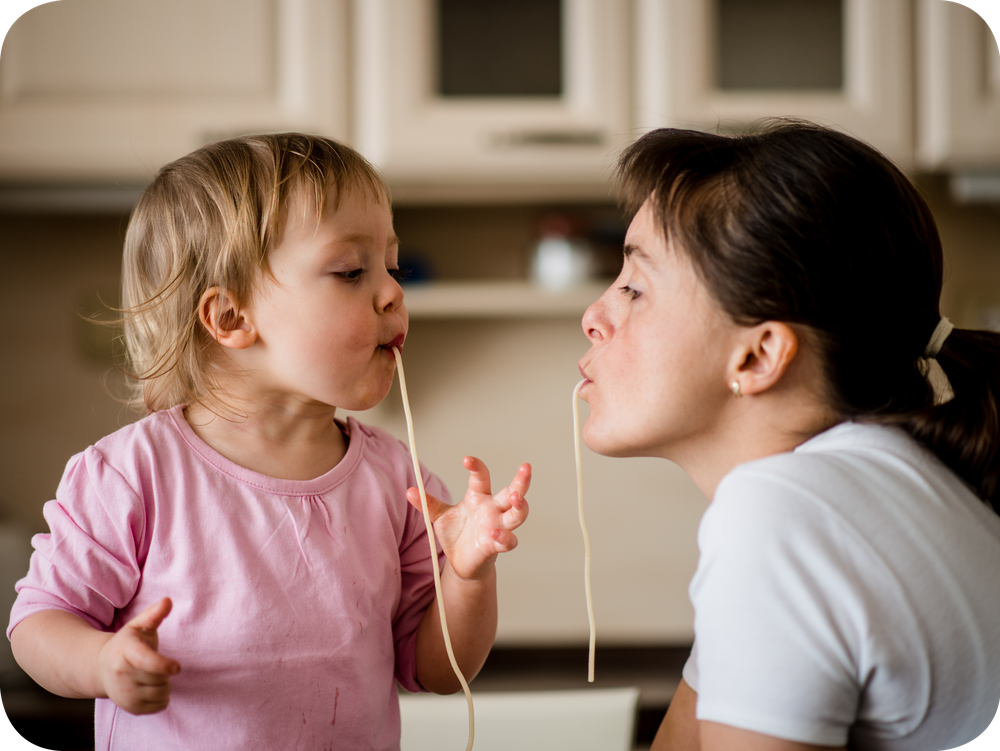What is parent and child fostering and how does it support families?

Sara and Chris have opened their home and hearts to over 29 families through fostering. They've been providing vital parenting support to vulnerable families. The couple are sharing their story in the hope of reaching more people who could do the same.
Parent and child fostering is a different type of fostering. Families live with foster carers for around three months - but can stay for as long as 18 months. During this time, carers observe the family, sharing essential advice and parenting skills. Social workers also play an important role in assessing if birth families can remain together.
You’ll be giving a lot of parenting advice and then stepping away to see how parents get on
Sara
“Mainly you’re in a supportive role,” Sara explains. “You’ll be giving a lot of parenting advice and then stepping away to see how parents get on. It's also about ensuring the child's safety.”
The couple began fostering teenagers when their own children were young. After a gap in fostering, Sara and Chris realised they had more to give. That's when they got in touch with Action for Children.
“When we retired and our children left home, we thought now might be a good time to think about fostering again. We went back through the fostering training without any end point in mind. It was then that we learned through Action for Children what parent and child fostering was about.”
Sara has a varied background supporting children. She’s taught science, provided counselling and supported refugee children with their learning in schools.

Sara reflects on the families she and Chris have supported through fostering over the years.
“We had one young mother and a four-year-old who had been separated for a while. Coming to us gave them the opportunity to be together again, and show that she could parent him. The mum didn’t have any family around to support her, so we kept in contact for a long time. They’re still together now and doing well on their own.”
Parent and child carers like Chris and Sara keep comprehensive records about how families are getting on during their stay. It’s a crucial part of the role, and can be used in court as evidence.
Sara said, ‘We have a notebook and write down everything that happens. In the evenings, we type up the notes and share our observations with the parents. The social worker gets the recordings too.”

Sara notes it’s not always easy sharing feedback with parents. Action for Children provide in-depth training and support to foster carers.
Sara explains, “How you give the feedback is important, and we always look for ways to help parents. For example, if baby isn’t getting enough bottle feeds in a day, we talk about how often baby needs a bottle. We then talk through ways of remembering, like setting a reminder on your phone.”
Sara believes having empathy is a key part of the role. She said, “Some parents try their very best, they want to keep their children and learn new parenting skills. They've not had much input from anyone else.”
When families do remain together, it’s so rewarding, it makes it all worthwhile.
“When families do remain together, it’s so rewarding, it makes it all worthwhile. We’ve had babies that could’ve ended up in foster care, because of the parent and child foster placement, those families are still together.”
Could you teach vital skills to parents and give families much needed support? Get in touch to learn more about parent and child fostering



